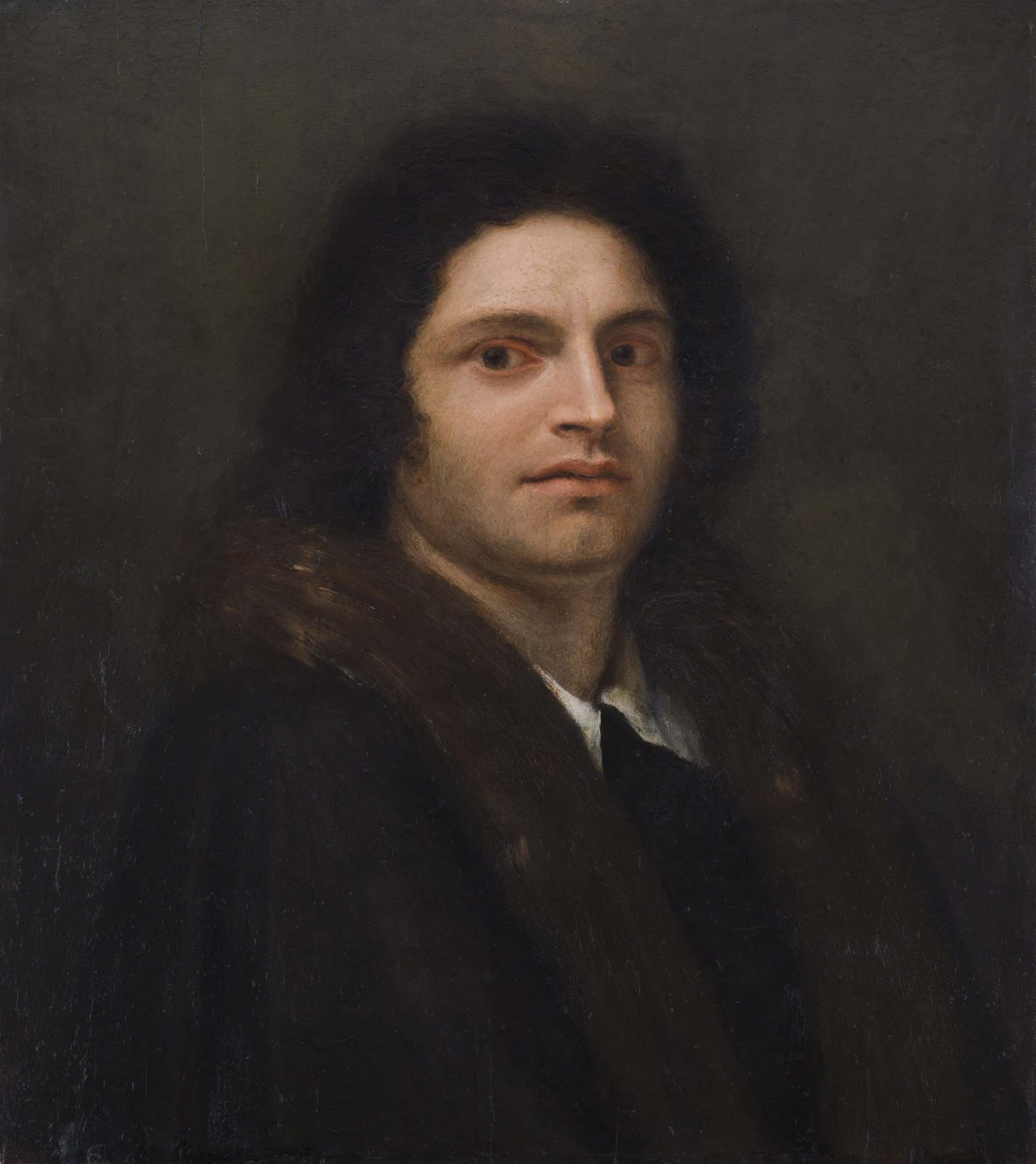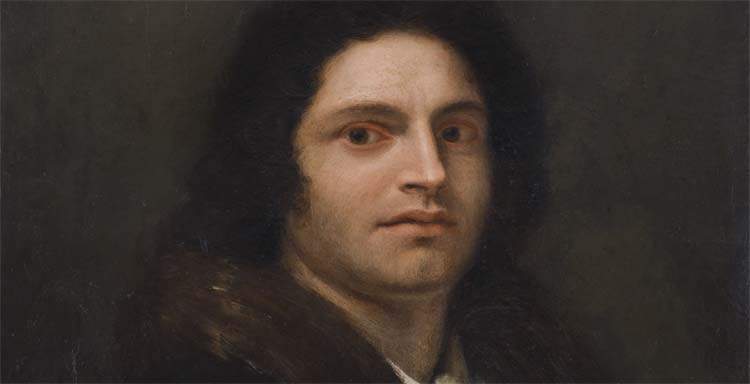From December 2, 2022 to April 10, 2023, the Museo Casa di Giorgione in Castelfranco Veneto will dedicate an exhibition to a singular work by Antonio Canova:Giorgione’s Self-Portrait, the result of a hoax that the great sculptor (who was also a painter) conceived together with his patron Abbondio Rezzonico, a Roman senator. Entitled The Ho ax. Canova and Giorgione. History of a self-portrait and curated by Matteo Melchiorre, the exhibition aims to be a significant meeting point between the research and study path proper to the Casa Giorgione Museum in Castelfranco Veneto and the celebrations that, in 2022, will see the Museo Gypsoteca Antonio Canova in Possagno engaged in the 200th anniversary of the sculptor’s death. The objective, to unveil the sui generis dialogue, little known but far from insignificant, entertained by Antonio Canova with an artist, Giorgione, whose irresistible, though elusive, fascination he too felt.
The Autoritratto-beffa affair was first reconstructed by Fernando Mazzocca in 2018 and brought to the attention of the public of enthusiasts and scholars by the Antonacci Lapiccirella Fine Art gallery, which broughtGiorgione’s Autoritratto on display at this year’s Florence Biennale Internazionale dell’Antiquariato. The discovery greatly enriched the catalog of Canova’s paintings: an oil-on-board painting, still in the original Roman-made carved and gilded frame that was commissioned by Abbondio Rezzonico (a nephew of Pope Clement XIII, he had commissioned Canova to paint his uncle’s funerary monument for St. Peter’s Basilica, a grandiose undertaking that contributed to the decisive consecration of its author), was executed in 1792 to plot a hoax against the most important artists present in Rome at the end of the 18th century. In fact, Prince Rezzonico had given a banquet at his residence, inviting such personalities as Angelica Kauffman, Gavin Hamilton, Antonio Cavallucci, Giuseppe Cades, Giovanni Volpato, and others, and during the course of the dinner he presented the painting made by Canova, passing it off as an authentic self-portrait by Giorgione.

Because of the skill with which it was executed, the painting won the favor of all present, who unanimously considered it authentic. Canova, in order to be credible, had painted the alleged self-portrait on an ancient sixteenth-century panel where a Holy Family was already painted, the image of which surfaced thanks to infrared reflectography, and had reproduced the features of the great Renaissance painter from Castelfranco Veneto based on an engraving with his portrait included in Le meraviglie dell’arte by Carlo Ridolfi, published in Venice in 1648. By that time, Canova had already made paintings inspired by Venetian Renaissance painting, such as a Venus with Mirror, which was also already mistaken for an antique.
The passages of this affair are recounted in the most authoritative sources on Canova and in particular in the first monograph dedicated to him by Faustino Tadini (dating from 1795) and in the two biographies of Melchiorre Missirini, who had been the arista’s secretary, and the sculptor Antonio D’Este, who had been in charge of his studio in Rome. Examination of these reliable testimonies allowed Fernando Mazzocca to confirm this important discovery and to reconstruct, in a recent publication by Antonacci Lapiccirella Fine Art, all its implications of this story.
For all information you can visit the website of the House of Giorgione Museum.
 |
| Giorgione's self-portrait-beauty painted by Canova on display in Castelfranco Veneto |
Warning: the translation into English of the original Italian article was created using automatic tools. We undertake to review all articles, but we do not guarantee the total absence of inaccuracies in the translation due to the program. You can find the original by clicking on the ITA button. If you find any mistake,please contact us.